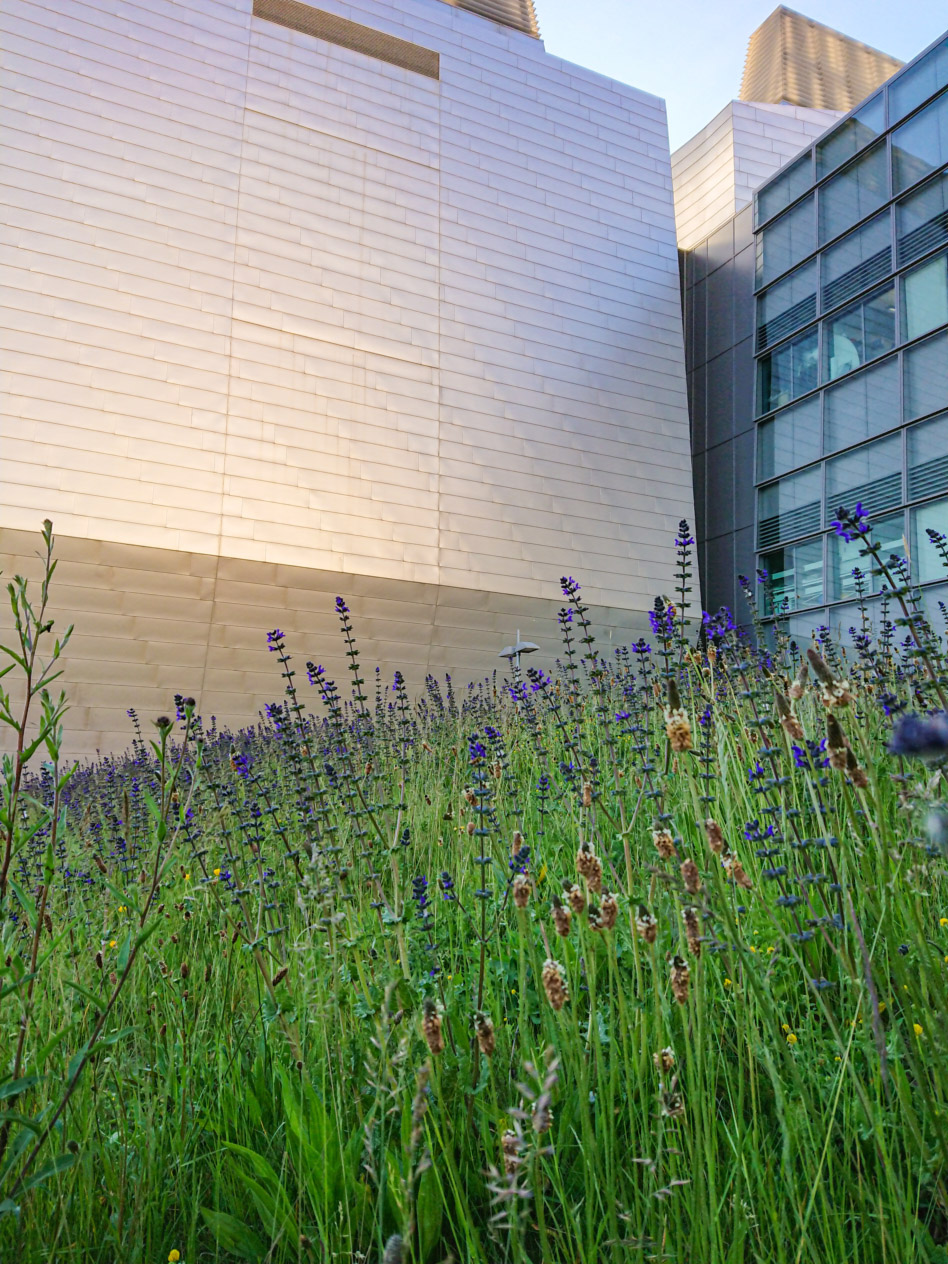How To Make Honey…If You Are a Bee
The MRC Laboratory of Molecular Biology is maintaining a beehive on behalf of 2BScientific. Their beekeepers will regularly send us updates on how their buzzy bees are doing – below is the latest blog!
The Honey Making Process…a bees eye view:
Ingredients:
- Flowers filled with delicious nectar.
- A Dash of pollen.
- Foraging bees.
- Worker bees.
- Enzymes produced by bees.
- Honeycomb cells.
Method:
- Foraging bee: Find out the location of some good flowers by watching the dance of a fellow bee that knows where they are.
- Visit the flowers and gather some nectar with your tongue (don’t forget to pollinate the flower in the process) and store the nectar in you ‘honey stomach’.
- Once your ‘honey stomach’ is full then return to the hive.
- Pass the nectar by mouth to some worker bees.
- Worker bee: Chew on the nectar for 30 minutes.
- Pass the chewed nectar to another worker bee and ask them to chew on it for around 30 minutes and then pass it on again.
- After some time and the nectar will start to turn into honey as the Enzymes in bee saliva turn the disaccharides in the nectar to monosaccharides.
- Once this process is done put into a cell of honeycomb.
- The honey is still very wet at this stage so you and other worker bees will need to fan it with your wings to dry it out so that it becomes more viscous and has roughly 18% water.
- Once the drying process is complete cap off the cell of honeycomb with wax to store the honey and keep it clean.
That all sounds like a fairly straight forward process doesn’t it but you might be shocked to learn that to make 5 ml of honey it takes 8 bees their entire lives! This is why honey bee colonies are so large to allow them to make enough honey to feed all the hungry mouths in the colony. Luckily for us they tend to make a lot in excess so we can harvest some to enjoy.
The wild flowers are looking very good around the LMB at the moment, plenty of nectar tot keep the bees going through June (fingers crossed)
The LMBees are doing well, the colonies are all drawing nectar from the wildflowers found on the LMB grounds and further afield. One of our hives currently has no queen so there must have been a swarm that left the hive for pastures new (don’t panic the swarm bother troubling any people, they were just moving house due to over crowding). The queenless hive does have two queen cells so it will be back on track in no time. Another hive has a very slim queen that keeps squeezing through the queen exluder (a mesh designed to keep the the queen, who is usually much larger than the worker bees, out of the Honey producing area) and laying in the part of the hive allocated to honey.
June is actually a fairly tough time for bees un the UK and is known as “The June Gap” so called due to a sudden reduction in the availability fo pollen and nectar. This is an issue as hives have oftern expanded their colonies colonies quickly in May when pollen and nectar are plentiful and if they do not make enough honey in this time then June can be a difficult period for the hive. Hopefully the LMBees will be fine, if they appear to be struggling then we can supplement them with some sugar water.
Bye for now….
Stay tuned to know more
